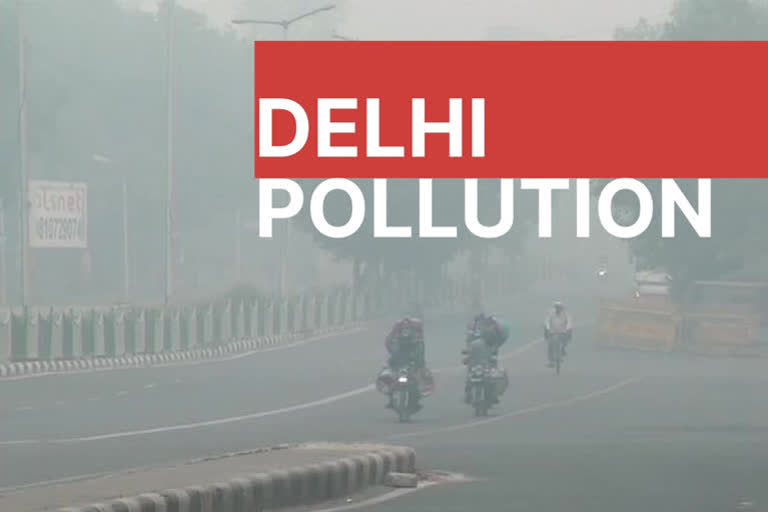Hyderabad:The lives of people are negatively impacted by air pollution and deterioration of air quality standards. The current situation in the national capital Delhi is proof of this. The environment is facing serious risks due to human beings’ reckless consumption of natural resources.
An international committee comprising of 153 countries and 11,258 scientists declared a climate emergency.
Unseasonal rains, floods, droughts, earthquakes, tsunamis, increasing global temperatures, rapidly melting glaciers, rising sea levels will severely affect the environment, causing adversities.
Under the guise of industrialization, urbanization and development, deforestation is disturbing the nature’s balance. In the earliest days of human civilization, man used to be a hunter-gatherer.
In the course of the development of the human race, men started destroying nature for his needs. Reckless emission of greenhouse gases into the environment is polluting the air, water and food. The dangerous levels of Air Quality Index (AQI) in Delhi and its surrounding areas are raising alarm.
Though geographical conditions play a small part, man-made factors are major contributors to this menace.
Diwali firecrackers and burning paddy stubble led to an alarming 500-point AQI in Delhi. It is considered dangerous if the AQI is anywhere between 400 and 500.
The Pollution Control Board stated that AQI above 500 is highly hazardous. With deteriorating air quality, day-to-day life is affected in Delhi.
Also Read:Air pollution: Delhi-NCR schools reopen today
People are not venturing out without face masks, which reflects the dire situation. Not only Delhi but also Gurugram, Ghaziabad, Noida, Faridabad are suffering from air pollution.
Maharashtra, Odisha, Chhattisgarh and Telangana are some of the states which bear the brunt of toxic emissions. Climate changes have worsened the already prevalent peril. Along with winter fog, emissions from vehicles, industries and farms are suffocating the people.
Punjab and Haryana, which are Delhi’s neighbouring states are agriculturally developed. The crop production is high in these two states, so is the burning of crop stubble.
Generally, burning a ton of crop stubble emits 60 kilograms of carbon monoxide and 1,400 kilograms of carbon dioxide. 3 kilograms of micro dust particles, ash and Sulphur dioxide are additionally emitted into the environment.
